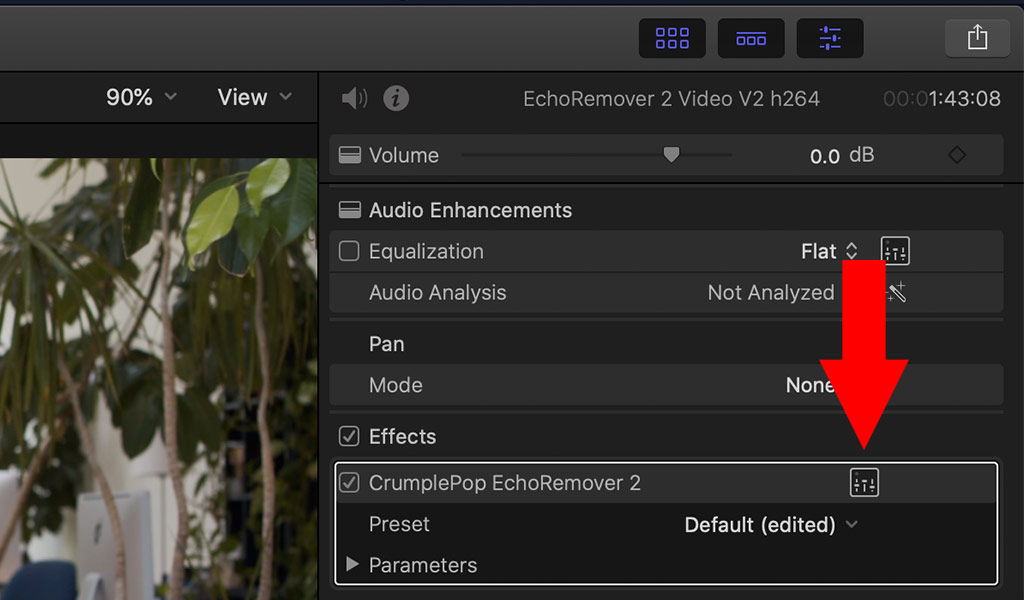

There are situations when filmmakers may need to add ânatural soundâ (also known as background or ambient sound) to a piece of audio captured in a studio. Lots of hard surfaces make for a vibrant, or âliveâ room soft surfaces make for a quiet, or âdeadâ room. Soft surfaces absorb sound and include carpets, draperies, upholstered furniture and even people. Hard surfaces generally reflect sound and include tiled floors, glass, painted walls and hard plastic chairs. Letâs look at the factors that contribute to the roomâs character. The challenge here is to get two pieces of audio captured in different rooms to sound the same. Room PersonalityĮach room has its own unique acoustic personality. Want to make a politician sound like they are addressing a huge arena, even though they are in a recording studio? Add reverb. This phenomenon, called reverberation, can give an audience helpful clues to determine the size and acoustic characteristics of the recording location. In this example, the professorâs voice bounces around the room â each reflection arrives at the microphone at slightly different times creating a chaotic cacophony of sounds. Like attempting to record a college lecture from the last row in the classroom â especially when the professor is writing on the whiteboard with her back to the class.

Slow speed is the cause of that cavernous sound when the mic is too far from the sound source. The sluggishness of sound travel causes filmmakers countless headaches. We know this from our own experiences with fireworks and lightning â we see the flash of light before hearing the sound. That may sound fast, but itâs downright lethargic when compared to the blazing speed of light at 983,000,000 feet per second.


 0 kommentar(er)
0 kommentar(er)
